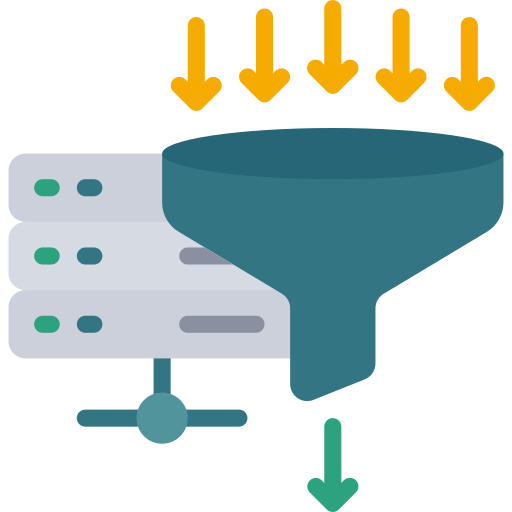Enterprise-grade Machine 2 Machine API security
safeguard your API infrastructure and sensitive data in the dynamic world of enterprise SaaS. Enjoy highest level of protection, ensuring seamless integration and robust security for your business-critical APIs.














